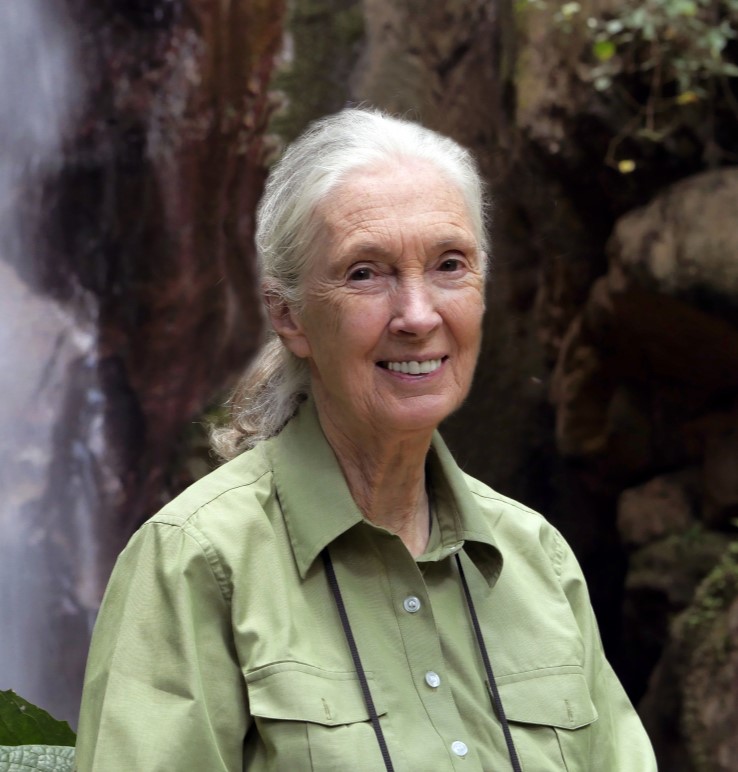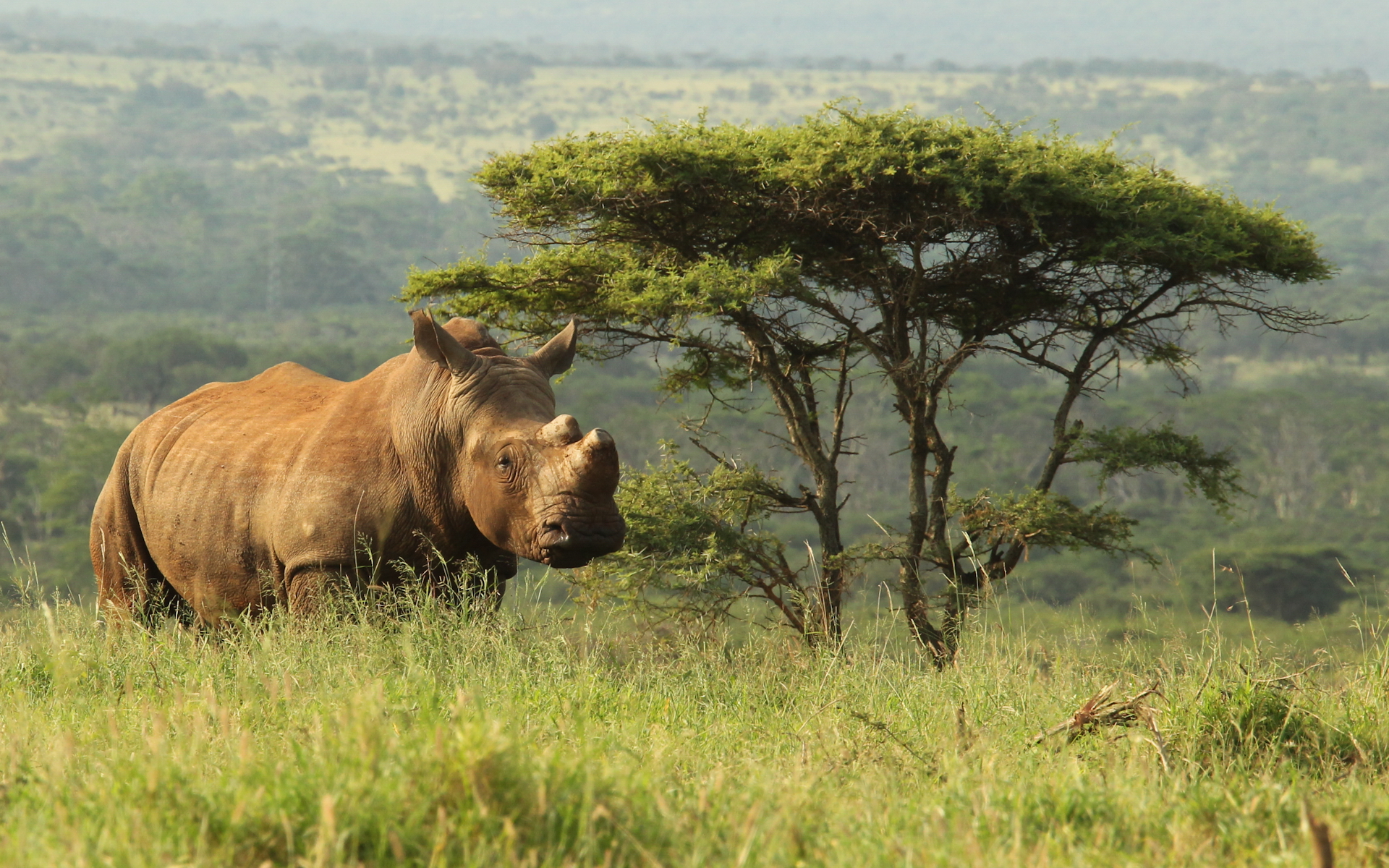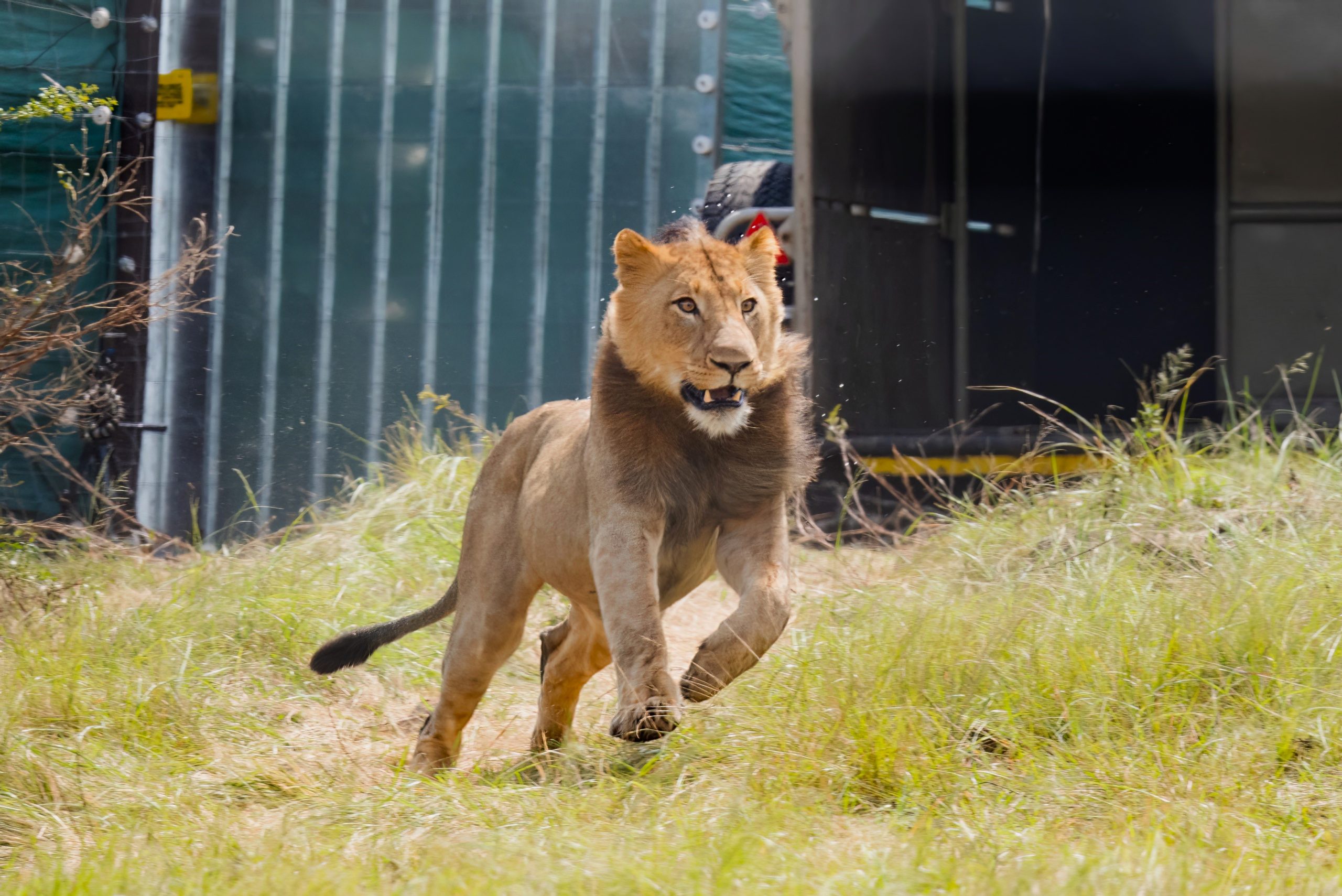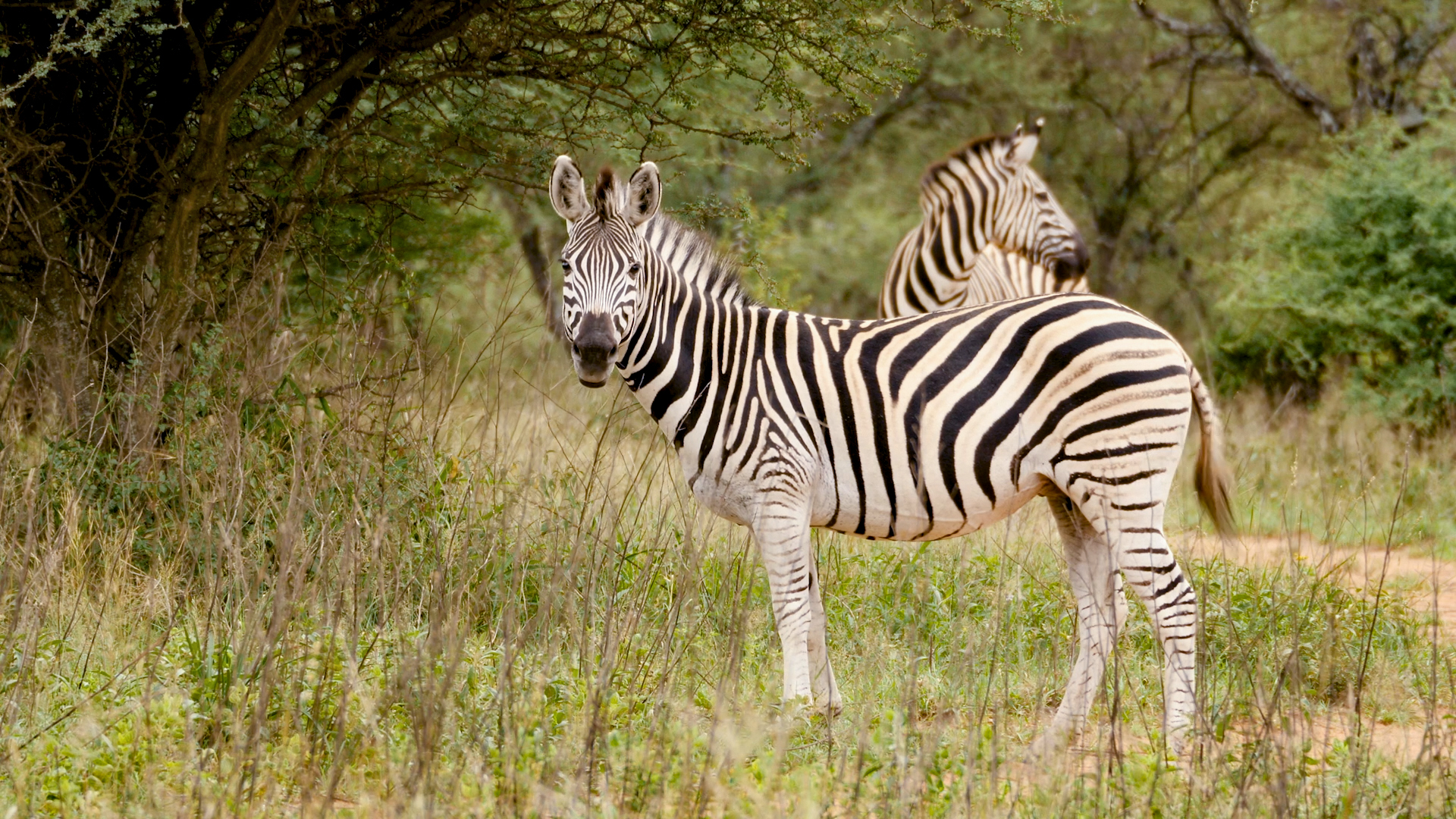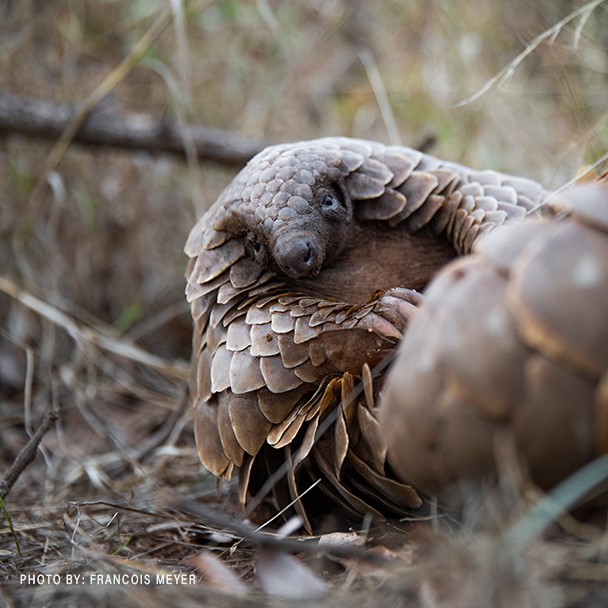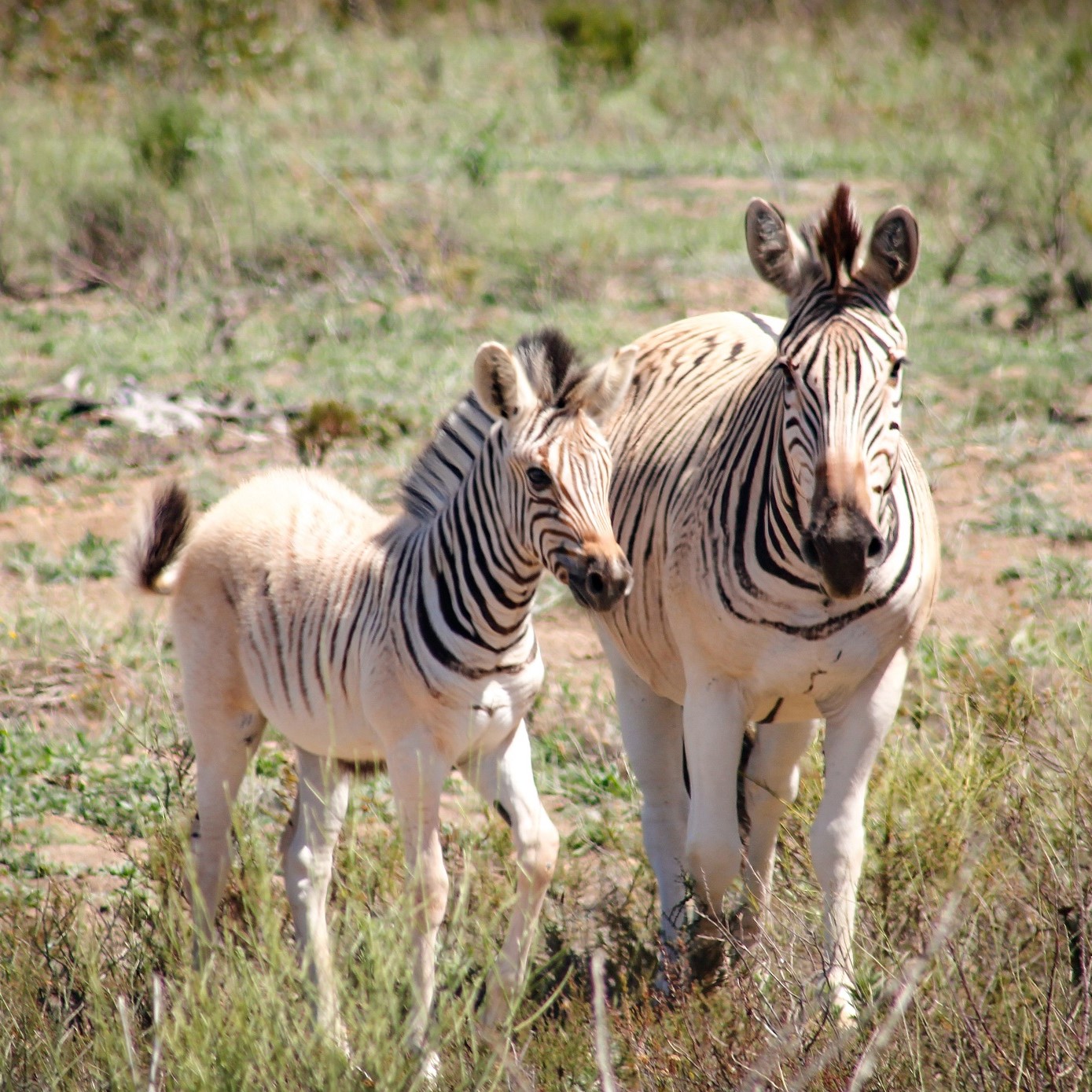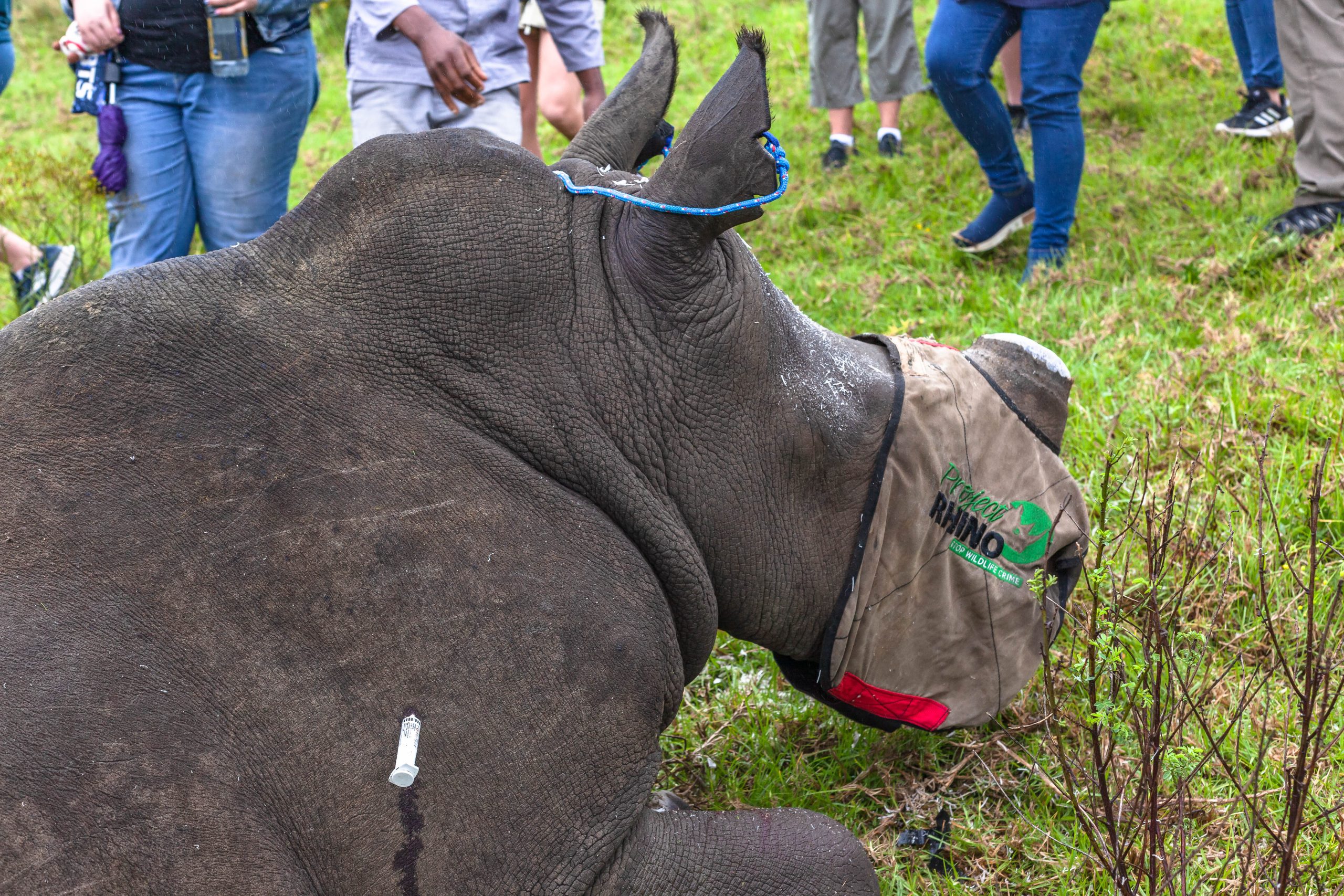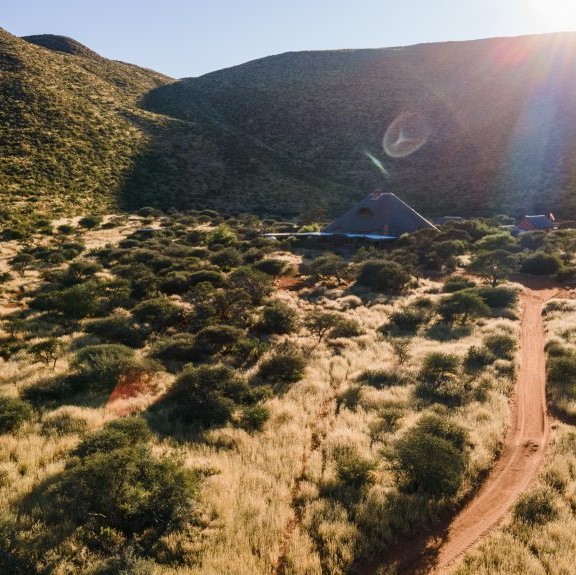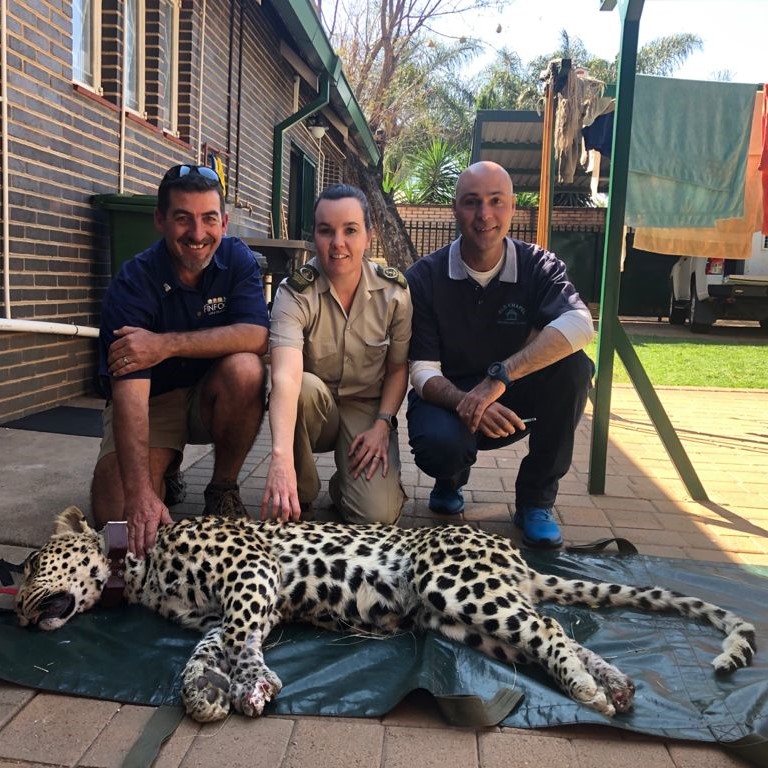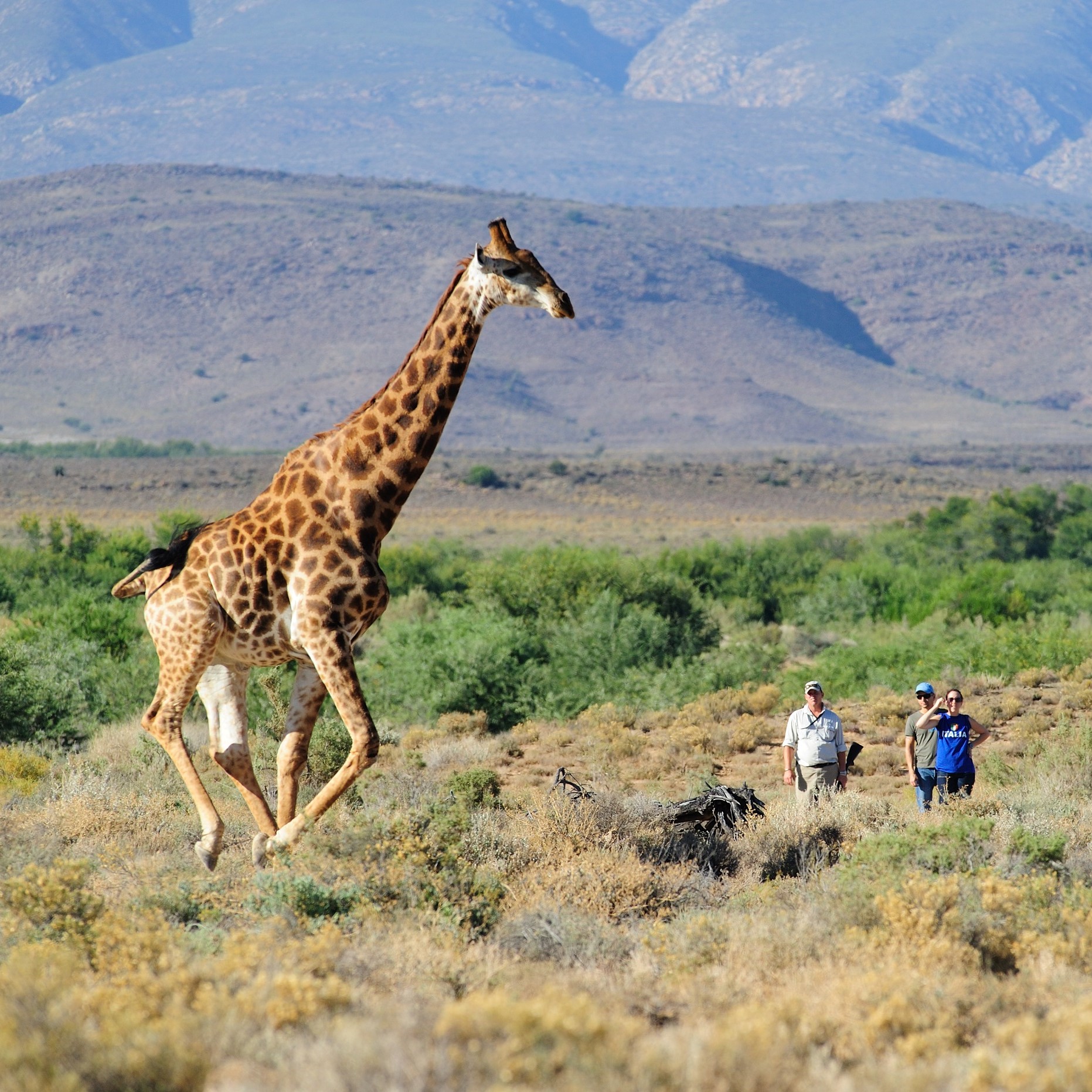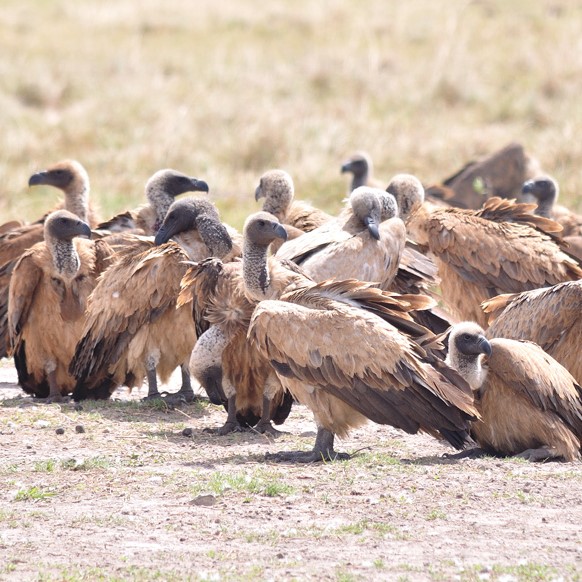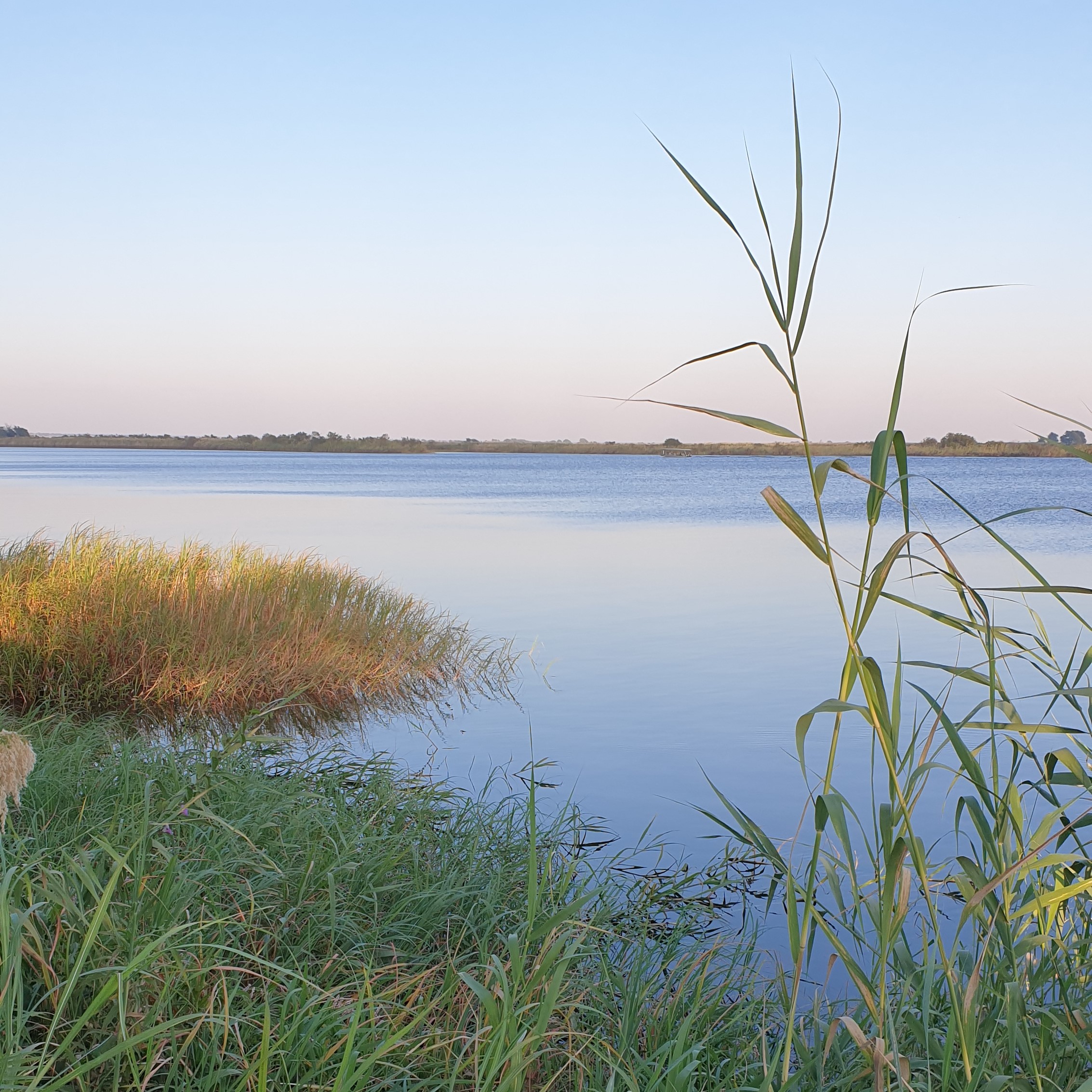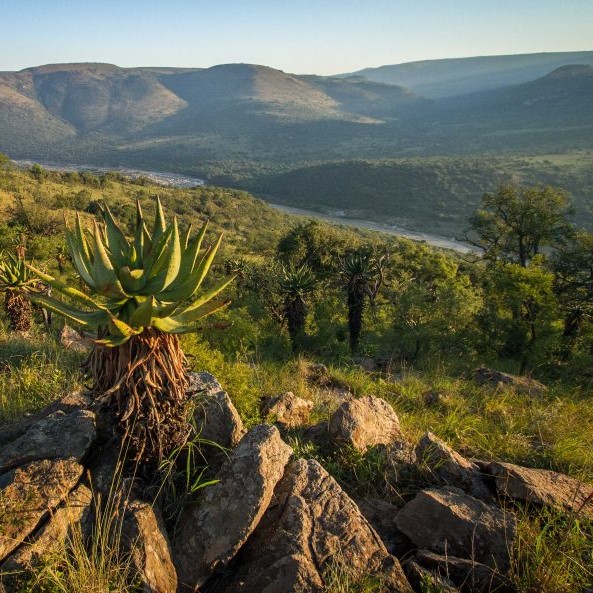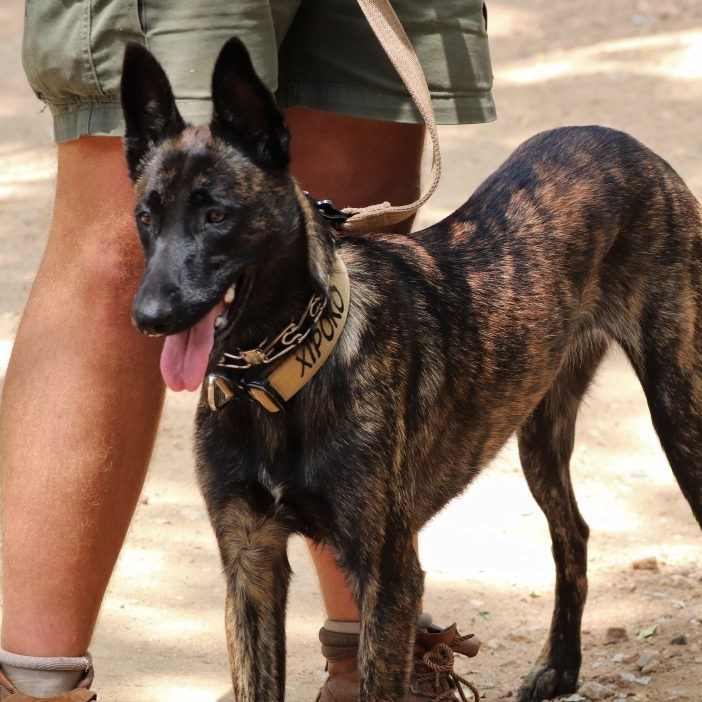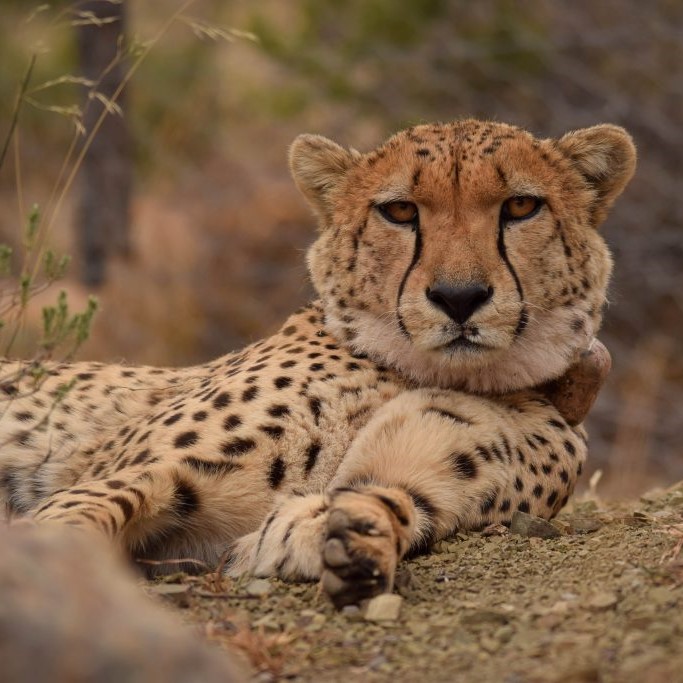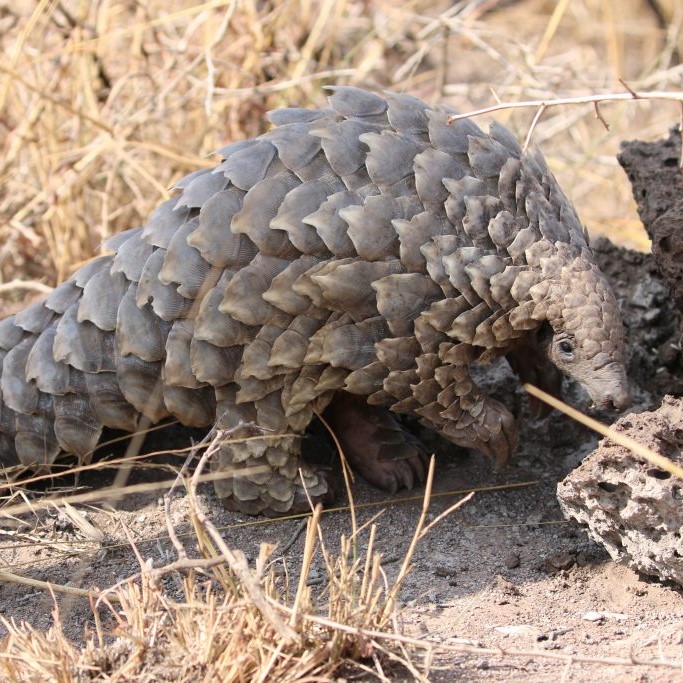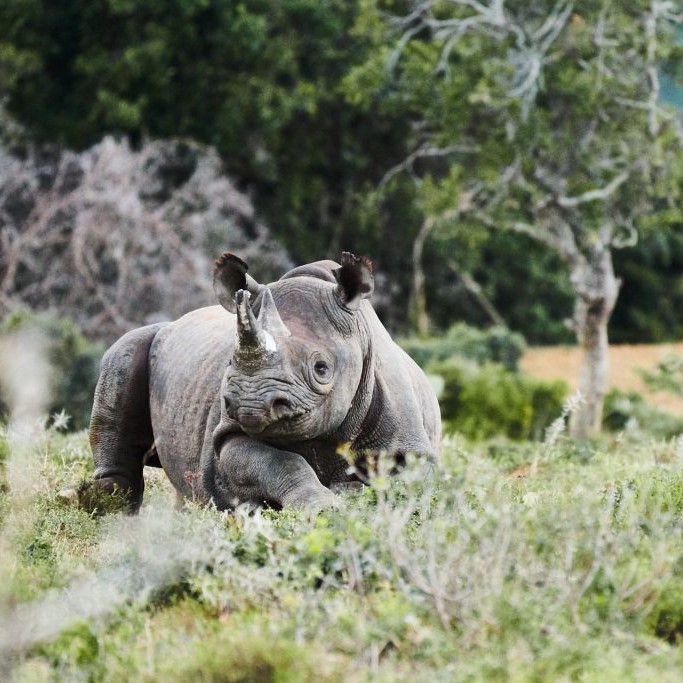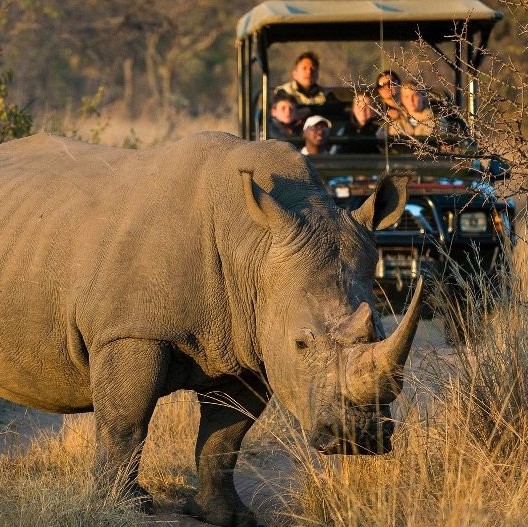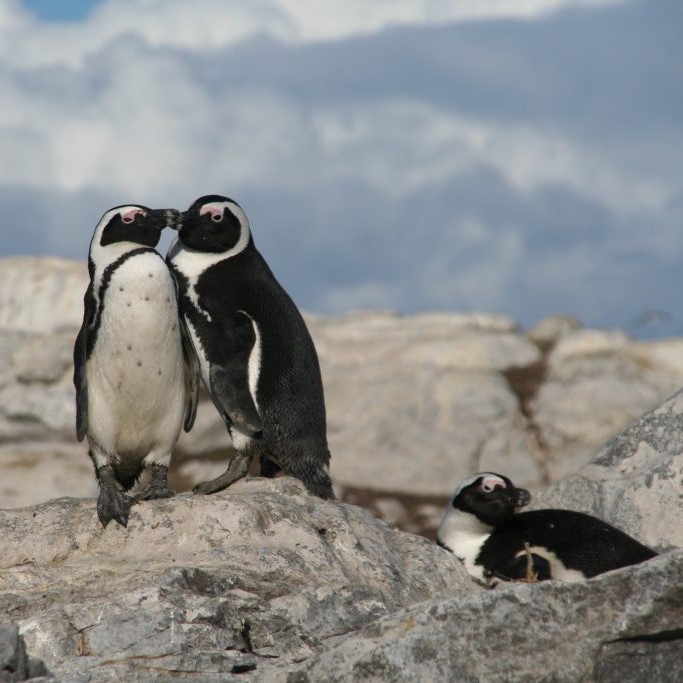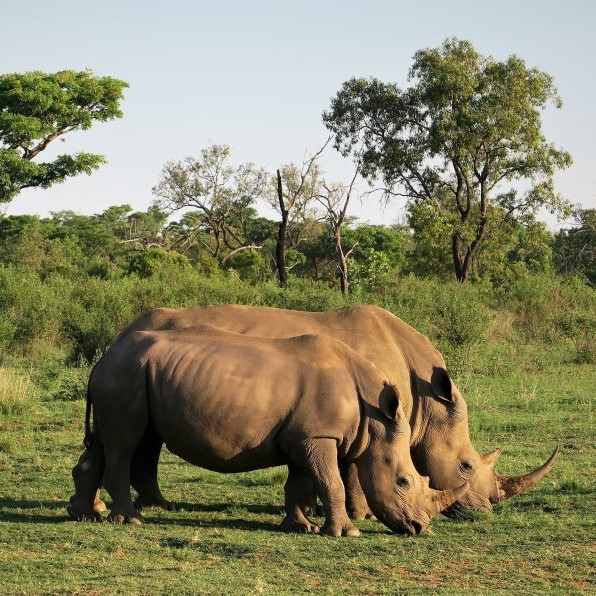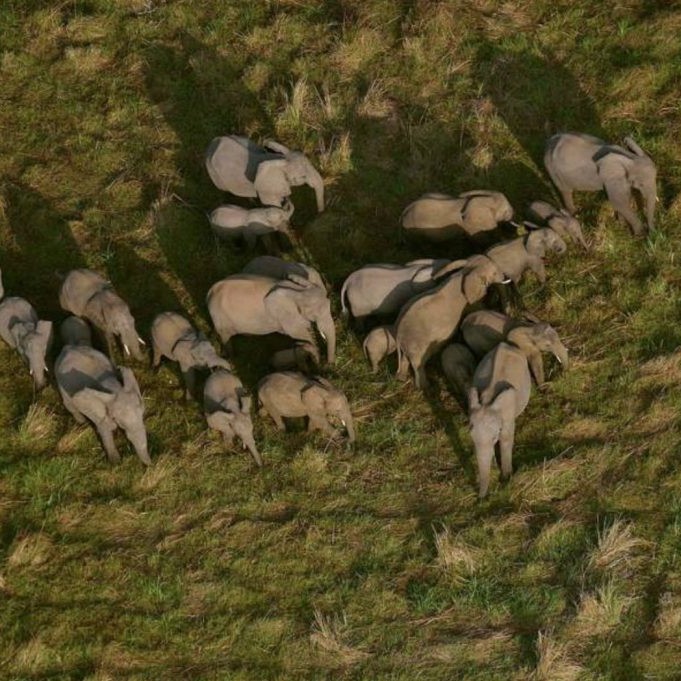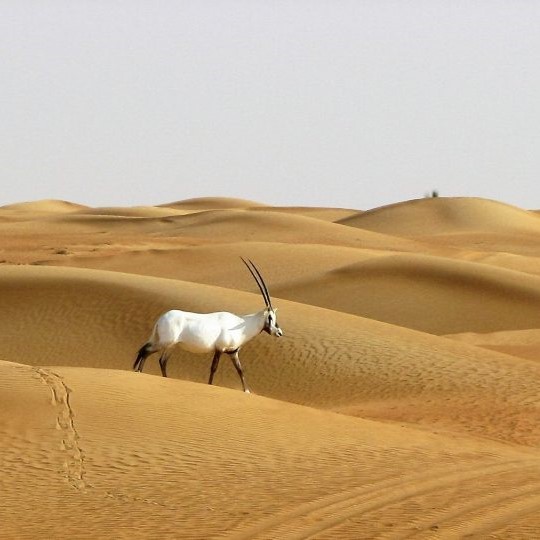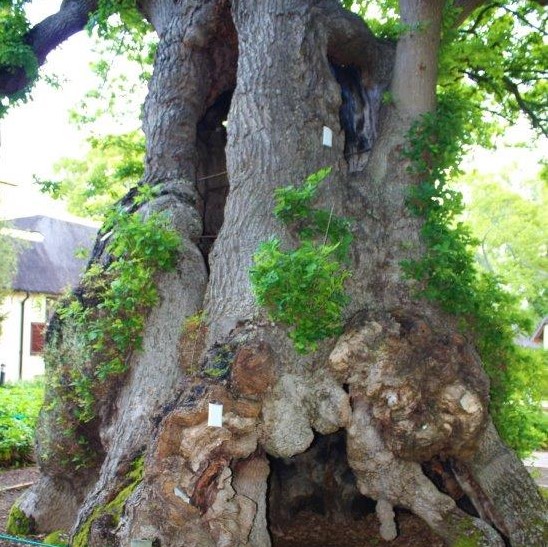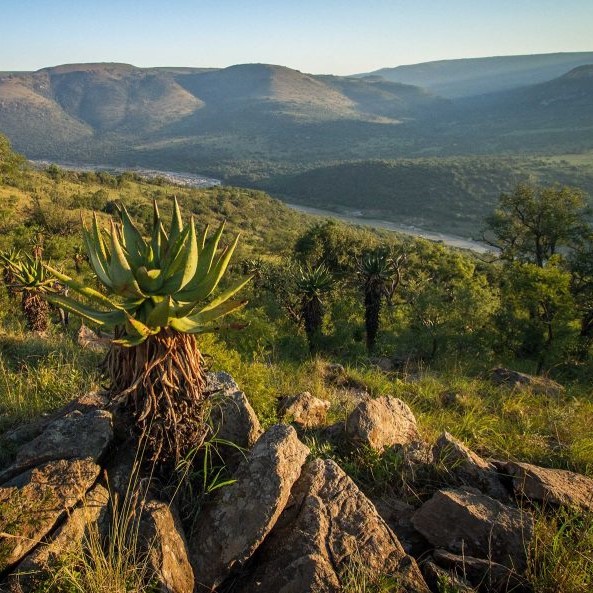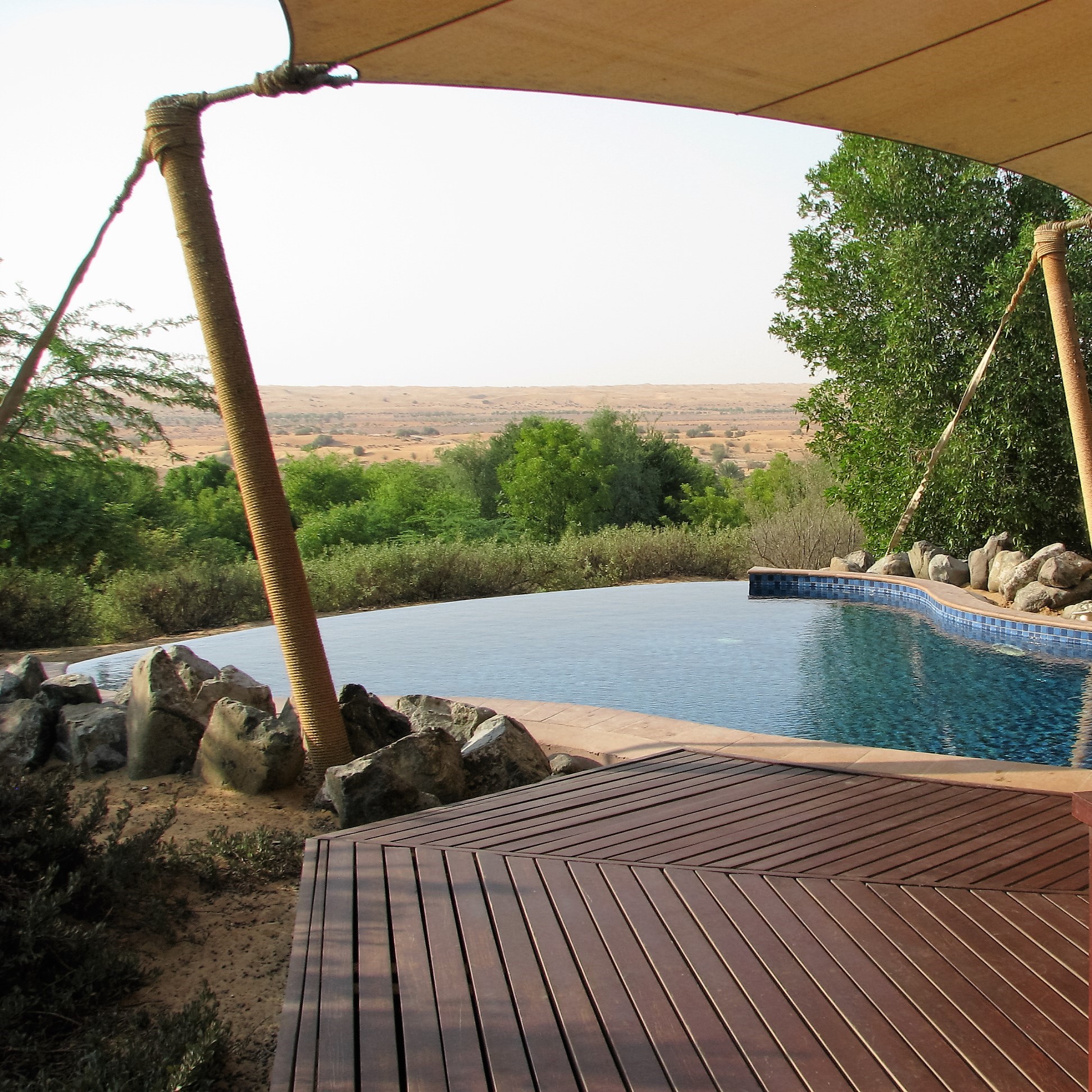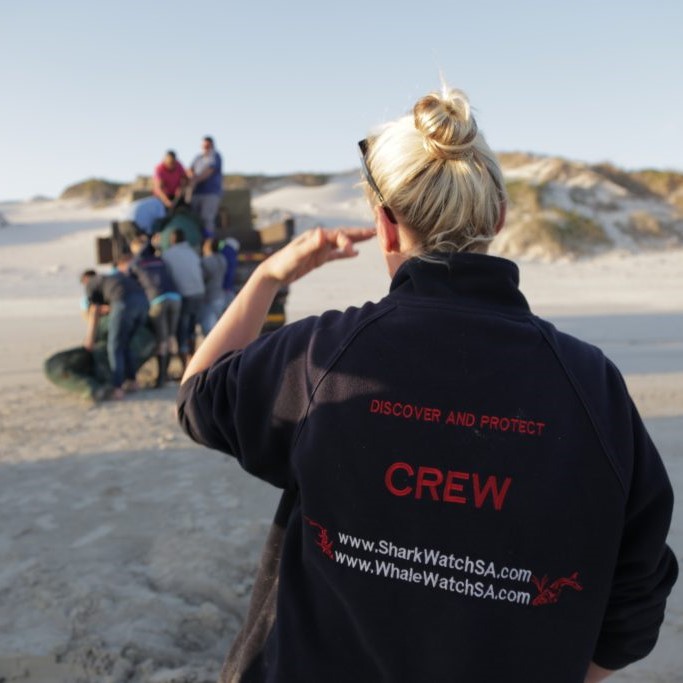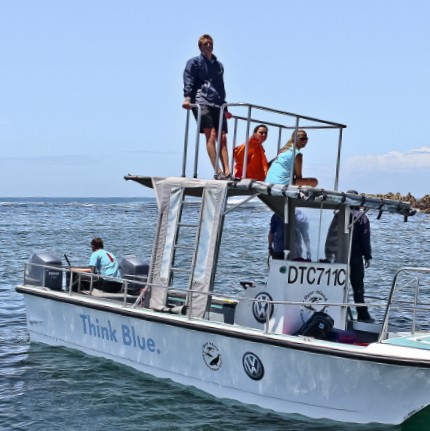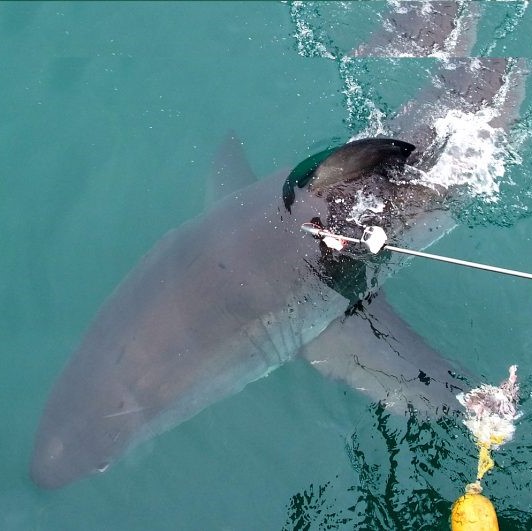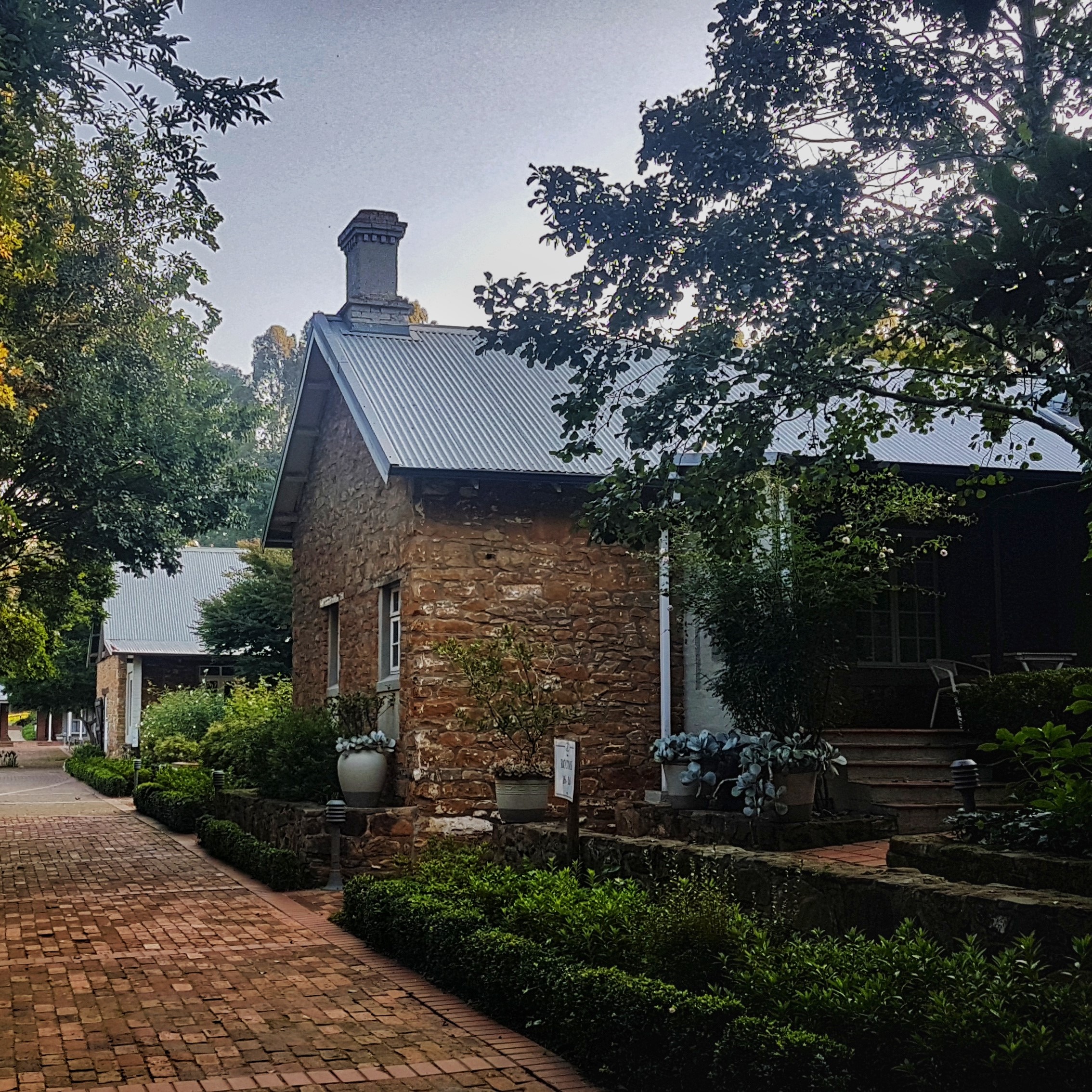The Endangered Wildlife Trust’s (EWT) Cheetah Metapopulation Project is paving the way for cheetah conservation success.

In the vast and diverse ecosystem of the African savannahs, few creatures captivate the imagination like the elegant and swift cheetah. However, the cheetah, the fastest land animal on Earth, has faced an uphill battle in the fight for survival. The Endangered Wildlife Trust‘s (EWT) Cheetah Metapopulation Project has been a beacon of hope, playing a crucial role in safeguarding the future of these fabulous felines.
By collaborating with game reserves and safari lodges, such as Samara Karoo, andBeyond Phinda Private Game Reserve and Amakhosi Game Reserve, amongst others, the project has exemplified the remarkable impact of collective conservation efforts in securing the cheetah’s place in the wild.
The history of the EWT Cheetah Metapopulation Project dates back to the 1970s, when the plight of the cheetah began gaining recognition on a global scale. Rampant habitat loss, human-wildlife conflict, and poaching threatened the cheetah’s existence, leading to a sharp decline in its population. Recognizing the urgency of the situation, the EWT embarked on a mission to create a sustainable and interconnected population of cheetahs across various reserves, thereby establishing the foundation for a successful metapopulation management strategy.
The significance of cheetah conservation extends far beyond the preservation of a single species. Cheetahs are integral to the delicate balance of the African ecosystem, acting as indicators of the overall health and biodiversity of their habitats. Their presence ensures the regulation of prey species, preventing unchecked population growth that could potentially disrupt the ecological equilibrium. Moreover, as flagship species, cheetahs play a vital role in raising awareness about broader conservation issues, compelling communities and stakeholders to take action to protect their natural heritage.
However, the challenges faced by cheetahs are numerous and complex. Human-wildlife conflict, exacerbated by encroachment on natural habitats, remains a significant threat to their survival. Additionally, the illegal wildlife trade and the depletion of prey species continue to place immense pressure on the cheetah population. Climate change-induced shifts in their habitat further compound the challenges, necessitating adaptive conservation strategies to ensure their long-term survival.
The EWT Cheetah Metapopulation Project, in collaboration with key partners such as the Amakhosi Game Reserve and other proactive safari lodges, has made remarkable strides in addressing these challenges. By fostering a network of interconnected reserves, the project has facilitated the translocation and reintroduction of cheetahs in suitable habitats, thereby enhancing genetic diversity and promoting the sustainability of the metapopulation.

Furthermore, through community engagement programs and education initiatives, the project has fostered a sense of shared responsibility among local communities, encouraging a harmonious coexistence between humans and wildlife.
Each participating game reserve playing an active role in the project has been instrumental in creating a safe haven for the cheetahs, offering a sanctuary where they can thrive in their natural habitat. By implementing sustainable tourism practices and emphasizing the importance of responsible wildlife management, Amakhosi has set an inspiring example for other lodges and reserves, highlighting the crucial role of eco-tourism in supporting conservation efforts.
In conclusion, the EWT Cheetah Metapopulation Project stands as a testament to the power of collaborative conservation. Through its holistic approach, the project has not only contributed to the protection of the cheetah but has also fostered a deeper understanding of the interconnectedness between wildlife, ecosystems, and human communities.
As we continue to navigate the challenges posed by an ever-changing world, the unwavering dedication of initiatives like the EWT Cheetah Metapopulation Project serves as a beacon of hope, igniting a passion for conservation and inspiring and fostering a collective commitment to preserving our planet’s rich biodiversity for generations yet to come.
Read the article in the digital mag HERE

